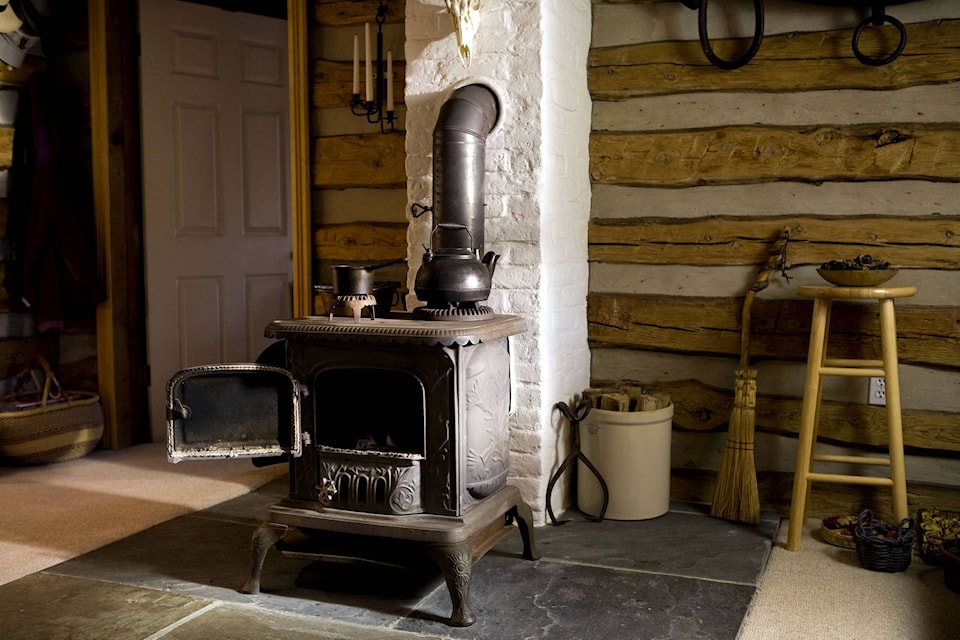Wood stoves are the largest contributor to air quality issues in Houston, according to the Ministry of Environment and Climate Change Strategy.
Between January and February, ministry officials issued eight air quality advisories for Houston.
READ MORE: Houston one of the highest fine particulate levels
A Wood Stove Exchange Program introduced in Houston last year offered residents a rebate if they swapped their wood-burning stove for a more energy-efficient appliance, but the program had no usage, said Gerald Pinchbeck, Houston’s chief administrative officer.
“There are no plans at this time to continue the program for 2019 due to low usage and lack of funding,” said Pinchbeck.
The ministry said Canfor and its pellet plant, which is run in partnership with Pinnacle Renewable Energy, are “generally in compliance” with their permit, which sets out limits for emissions.
“There are occasional non-compliances that are typically corrected in short periods of time,” said the ministry in a statement.
Michelle Ward, a spokesperson for Canfor, said their Houston mill passed both inspections conducted by the ministry in 2018 with no deficiencies.
“Canfor has a comprehensive preventative maintenance program in place for all equipment, including discharge sources that ensure inspection and repairs are completed on a continual basis, not only during air quality advisories,” said Ward.
However, Canfor’s existing permit does not require an Air Episode Management Plan, which details site specific plans to minimize emissions during air quality advisories.
The ministry said an amendment to the permit is currently under review, and inclusion of an Air Episode Management Plan has been proposed.
When asked if the curtailment of mill operations is advised during air quality advisories, the ministry said not necessarily, as curtailment can sometimes lead to increased emissions.
The ministry said many industries strive to maintain steady-state operations during air quality advisories because emission rates are typically worse during start-up or shut-down of operations, when emissions sources are not at operating temperature.
The provincial air quality objective is 25 micrograms of fine particulate matter per cubic metre, but on Feb. 28, the level in Houston was 35 micrograms. At that level, people with breathing and other medical conditions are told to take precautions, including avoiding strenuous exercise.
As is customary with air quality advisories, the District of Houston issued an accompanying notice, banning the use of wood stoves unless it is the only source of heat in a dwelling.
The Houston area has consistently been in the “red zone” of air quality by exceeding provincial objectives for air quality standards.
Houston ranked 14 out of 17 communities exceeding fine particulate levels on average in 2017, second out of five communities in 2016 and first out of 15 communities in 2015, indicates information published by the B.C. Lung Association.
In addition to industrial emissions and wood smoke, automobiles, trucks and rail traffic also contribute to air quality issues.
- With files from Rod Link
